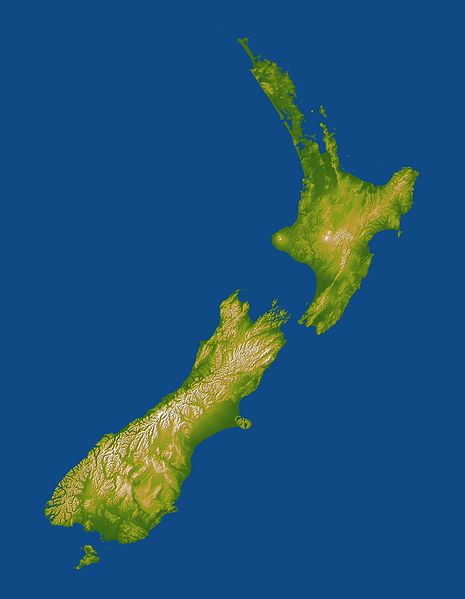The number of people sickened with paratyphoid fever in Hawke’s Bay, New Zealand has grown to six, according to the latest information from the Hawke’s Bay District Health Board.

All the patients required hospitalization for their illnesses and all are recovering.
Some of the patients have consumed mussels from Napier’s Ahuriri area. Medical Officer of Health Nick Jones said, “It’s very important people heed the warnings and don’t eat shellfish gathered from the Napier Marina area.”
Typhoid and paratyphoid fever are most often acquired through consumption of water or food that has been contaminated by feces of an acutely infected or convalescent person or a chronic, asymptomatic carrier.
The incubation period of typhoid and paratyphoid infections is 6–30 days. The onset of illness is insidious, with gradually increasing fatigue and a fever that increases daily from low-grade to as high as 102°F–104°F (38°C–40°C) by the third to fourth day of illness. Headache, malaise, and anorexia are nearly universal, and abdominal pain, diarrhea, or constipation are common.
“Hand washing is extremely important to help prevent infecting other people as you can get paratyphoid if you eat or drink things that have been handled by a person who has the bacteria”, Dr Jones said.
Related:
- Shigella cluster in Taiwan, linked to Bali travel
- Dientamoeba fragilis: ‘The unflagellated human flagellate’
- Anthrax: HHS advances point-of-care diagnostic test
- Uganda measles outbreak tops 550 cases since April
- Coffee drinking benefits for HIV-HCV patients: Study
- CDC: ‘STDs are a persistent enemy, growing in number, and outpacing our ability to respond’
- Los Angeles County: West Nile virus increases prompt public health warning, campaign, ‘It’s Not Just A Bite’
- India: Rotavirus vaccine reduced severe rotavirus diarrhea by 40 percent in Phase 3 study


